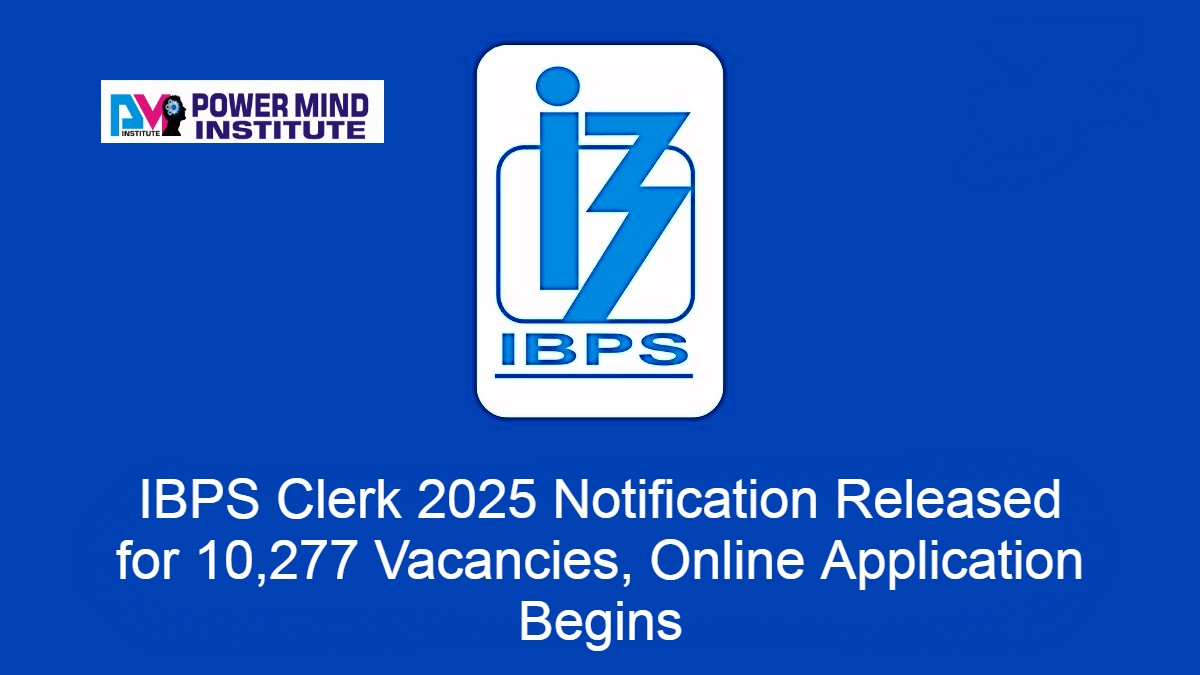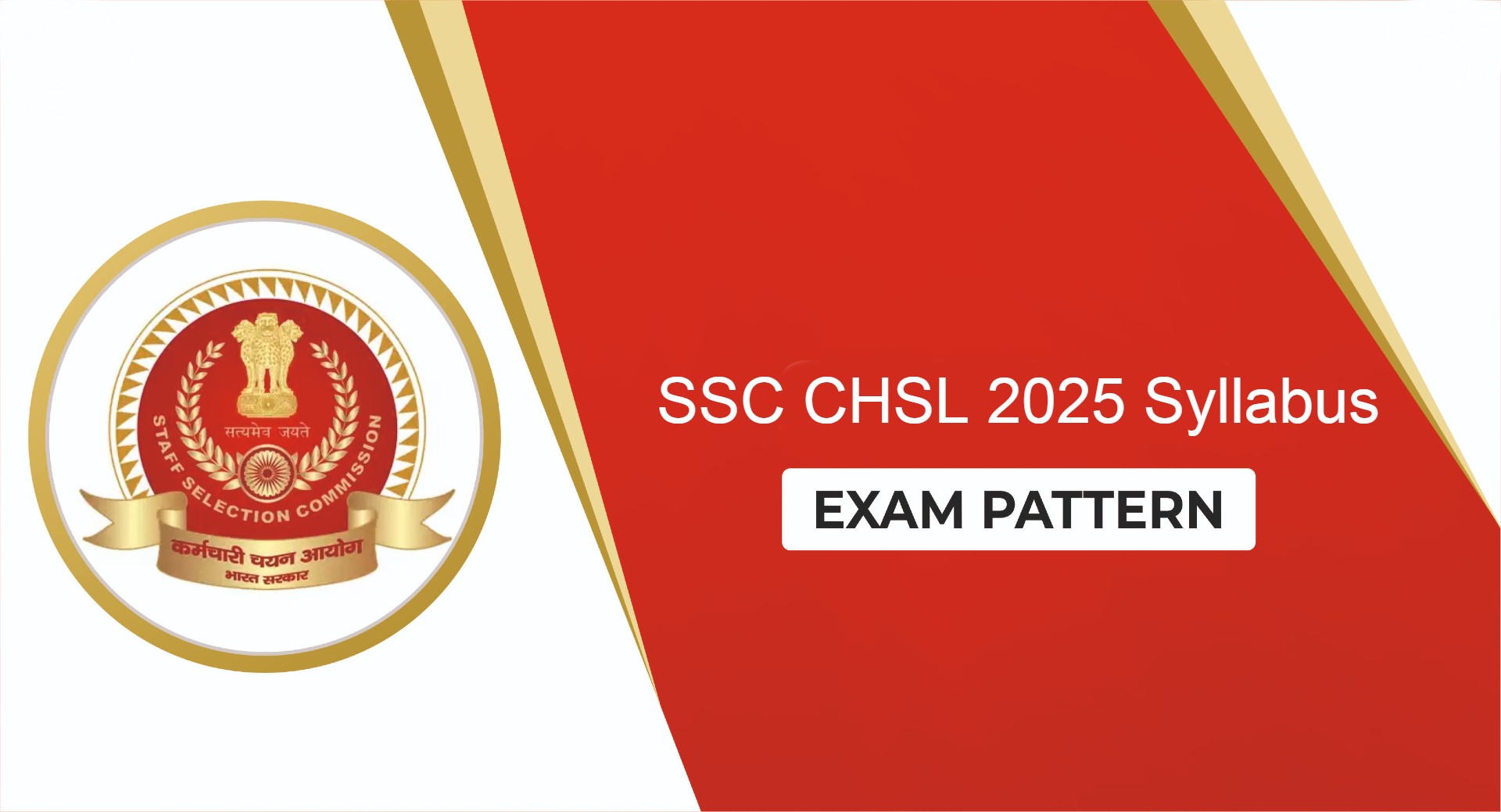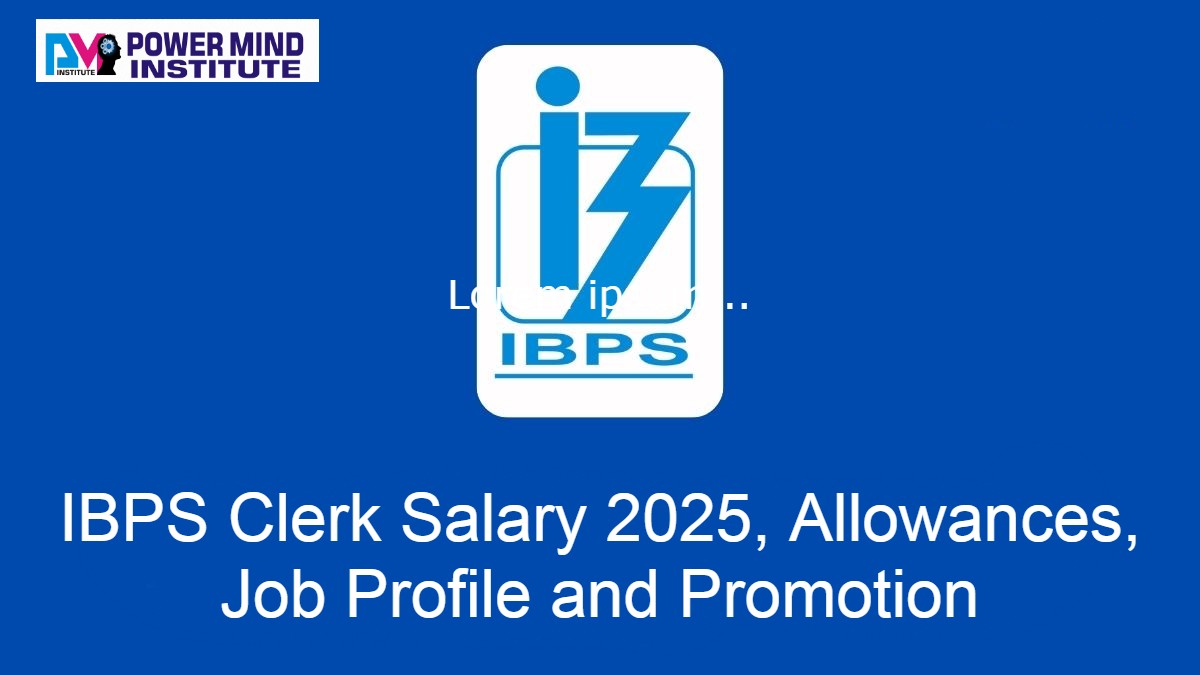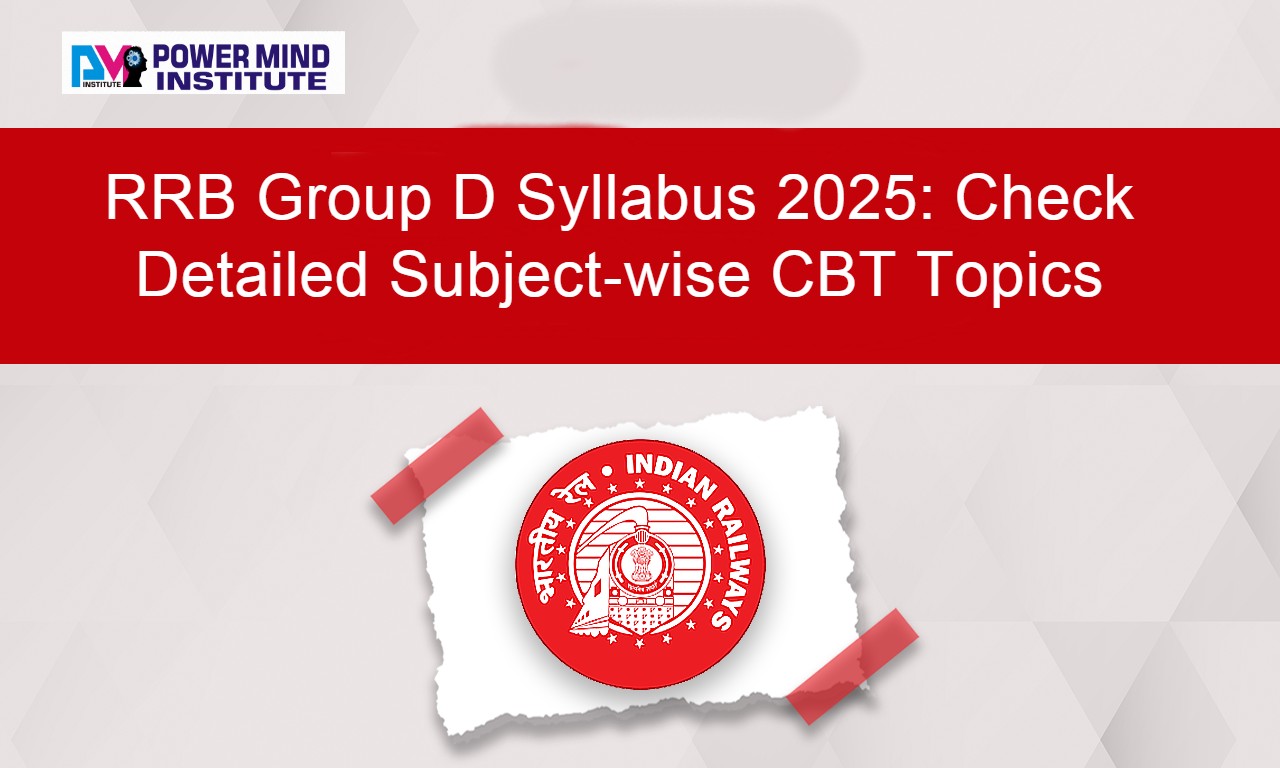With the successful landing of Chandrayaan 3 on the solar region of the moon, India has been the talk of the world. Targeting the top position in the space research and adventure list, the Indian space research organization has yet to add another milestone on its journey. On Sep 2, 2023, The Aditya L1 spacecraft was successfully launched from Sriharikota into the sky for an ambitious mission toward the sun.
The Aditya L1 mission also contributes to India's rising fame in the global community. It is the first mission of India dedicated to solar exploration and new discoveries. This mission aims to bring various data and insights about space, climatic changes, weather, solar sciences, etc.
The Aditya L1 Mission: An Overview
Aditya L1 is the first Indian satellite dedicated to explore and study the sun. The name of the mission itself holds deep meaning where "Aditya" means sun in the Sanskrit language, and L1 is the Lagrange point 1 location where our scientists have aimed to place the spacecraft. Lagrange point 1 is the proper location to fix the satellite as it is the place where the force of gravity between the sun and the Earth is in equilibrium. Also, the satellite will be placed in the halo orbit around L1, allowing the scientists a constant view of the sun without any hindrance, even during the eclipse period.
Another interesting fact about the L1 location is its distance from Earth. It is about 1.5 million km away from our Earth. Aditya L1 has a total of seven payloads. Four are dedicated to getting a direct view of the sun, while the other three aim to study the magnetic field and particles around L1. Thus, this mission is believed to bring great value to our nation and the whole world. And scientists all around the world are praying for its success.
Objectives Of Mission Aditya L1
The main aim of sending Aditya L1 out into space is to explore the area around the Sun and gather data. The core objectives of mission Aditya L1 can be stated as:
- Study of the dynamics of the solar upper atmosphere (chromosphere and corona).
- Study of flares, coronal mass ejections, partial ionization of the plasma, and chromospheric and solar heating
- Study the in-situ particle and plasma environment the Sun provides since this information will be used to investigate particle dynamics.
- The heating mechanism of the solar corona and its physics.
- Temperature, velocity, and density measurements of the coronal and coronal loop plasma.
- CME evolution, dynamics, and genesis.
- Determine the events that occur at various layers (chromosphere, base, and extended corona), which ultimately result in solar eruptive events.
- Magnetic field measurements and field topologies in the solar corona.
- Space weather triggers (solar wind origin, composition, and dynamics).
Analysis of Payloads in Aditya L1
The Aditya-L1 spacecraft's instruments are set up to observe the chromosphere and corona of the sun primarily. At L1, in-situ instruments will monitor the environment around them. Seven payloads are placed on board, including four for in-situ observation and three for solar remote sensing. Different laboratories around the nation worked together with various ISRO facilities to build the payloads.
Aditya L1 has a total of seven payloads. Four are dedicated to getting a direct view of the sun, while the other three aim to study the magnetic field and particles around L1. Payload 1 is responsible for Visible Emission Line Coronagraph (VELC) Corona/Imaging and spectroscopy as a remote sensing payload. Payload 2 is a Solar Ultraviolet Imaging Telescope (SUIT) that works narrow and broadband with Photosphere and chromosphere imaging. Payload 3 has a Solar Low Energy X-ray Spectrometer (SoLEXS), which helps in Sun-as-a-star observation. Payload 4 is a high-energy L1 Orbiting X-ray Spectrometer(HEL1OS) Hard X-ray spectrometer, which also helps observe the sun as a star.
The other three payloads are responsible for remote sensing with payload 5, an Aditya Solar wind Particle Experiment (ASPEX), working to Solar wind/Particle analyzer protons and heavier ions with directions. A Plasma Analyser Package For Aditya (PAPA) analyzes Solar wind/Particle Analyzer Electrons and Heavier Ions with directions. The last payload is an Advanced Tri-axial High-Resolution Digital Magnetometer, which controls an In-situ magnetic field (Bx, By, and Bz).
Launch of Aditya L1
The Aditya-L1 was successfully launched by the Polar Satellite Launch Vehicle (PSLV-C57) on September 2, 2023, at 11:50 IST from the Satish Dhawan Space Centre (SDSC) in Sriharikota. At 12:54 IST, the Aditya-L1 successfully injected into an elliptical orbit around the Earth after a 63-minute and 20-second journey.
Before entering the transfer orbit towards the Lagrange point, the Aditya-L1 is expected to perform four earthbound orbital movements. Approximately 127 days after launch, Aditya-L1 is anticipated to arrive at the L1 point and enter its intended orbit.
A Backstory of Aditya L1
Aditya was developed by the Advisory Committee for Space Sciences (ADCOS) in January 2008. It was originally intended to be a tiny LEO (800 km), 400 kilograms (880 lb), coronagraph-equipped spacecraft for studying the solar corona. 3 crore was allotted as an experimental budget for the 2016–2017 fiscal year. The mission was renamed "Aditya-L1" since its objectives have been broadened, and it is now intended to be a complete observatory of the solar and space environment located at Lagrange point L1. The mission's allocated cost, excluding launch expenses, is 378 crores as of July 2019.
Similar Explorations Of India In The Past
Though this is India's first dedicated solar mission, there have been a few missions in the past of Indian space research history where scientists have been successful in gathering insights and learning new things about the Sun.
The major ones are listed below:
- Launched on April 19, 1975, Aryabhatta was the first Indian satellite. Its objective was to learn more about the sources of X-rays and gamma rays from celestial bodies and outer space.
- Another solar mission series, Surya Satellite (SROSS), was aimed at studying solar and cosmic X-rays. SROSS 1, Launched in 1992, successfully detected solar flares, while SROSS-C, which carried instruments to monitor solar X-rays and gamma-ray bursts, was launched in 1994.
- Another such mission was Aditya 1, whose mission was to study the Sun's outermost layer, the solar corona, and the dynamics of the Sun-Earth connection. However, the mission failed due to some technical challenges and was not able to reach its intended orbit. As a result, Aditya-1 laid the base for developing the Aditya L1 mission.
These missions and other such upcoming explorations of India contribute to the space research history of India and have played a major role in helping India reach where it stands today.
The Technical Challenges of Aditya L1
With every mission to space, there are a few technical challenges faced by scientists and researchers. Overcoming these difficulties ensures a successful mission. The major technical difficulties faced by ISRO during Aditya L1's mission were:
The extreme heat and radiation of the sun can be potentially harmful to the satellite, affecting the success chances of the mission. To overcome this, ISRO designed specialized thermal shielding and radiation-resistant materials to protect spacecraft.
Another major challenge was to achieve the correct orbit for solar observations. Any deviation would highly affect the mission's goals. For this, ISRO precisely decided to land the satellite around Lagrange point 1.
The instrument required for proper data collection was another critical milestone. ISRO dedicated itself to preparing scientific instruments that operate under simulated solar conditions to ensure they provide reliable data. They also added high-gain antennas and a robust communication system to seamlessly facilitate data transmission over long distances.
ISRO's precise mission planning and launch scheduling Coordinates the launch window to align with the Earth-Sun-Moon positions to ensure Aditya L1 reaches its destination with minimal energy expenditure
ISRO's commitment and dedication to access and work on these technical challenges shows its dedication to the success of the Aditya L1 mission. With innovative solutions and leveraging its expertise in space technology, ISRO continues to pave the way for India's significant contributions to solar science and space exploration.
Conclusion
In short, Aditya L1 is a major step in the space research history of India. And with the valuable information and insights it may bring to its success, it is even more important.
Looking ahead, we can expect continued advancements in solar science, technology, and international collaboration, paving the way for a more comprehensive understanding of our nearest star and its pivotal role in shaping our solar system. Maybe you can become a part of this success too.
With your dedication and hard work, you can reach the pinnacles of success like Aditya L1, too. Make the right choice for your career today. If you are looking for the top coaching institutes in Jaipur for railway, banking, or SSC coaching, join Power Mind Institute today, where we commit to excellence and strive to succeed through the boundaries of education, nurturing talent and young minds of India just like Aditya L1 is aimed to do in space.
Try our demo sessions today!





